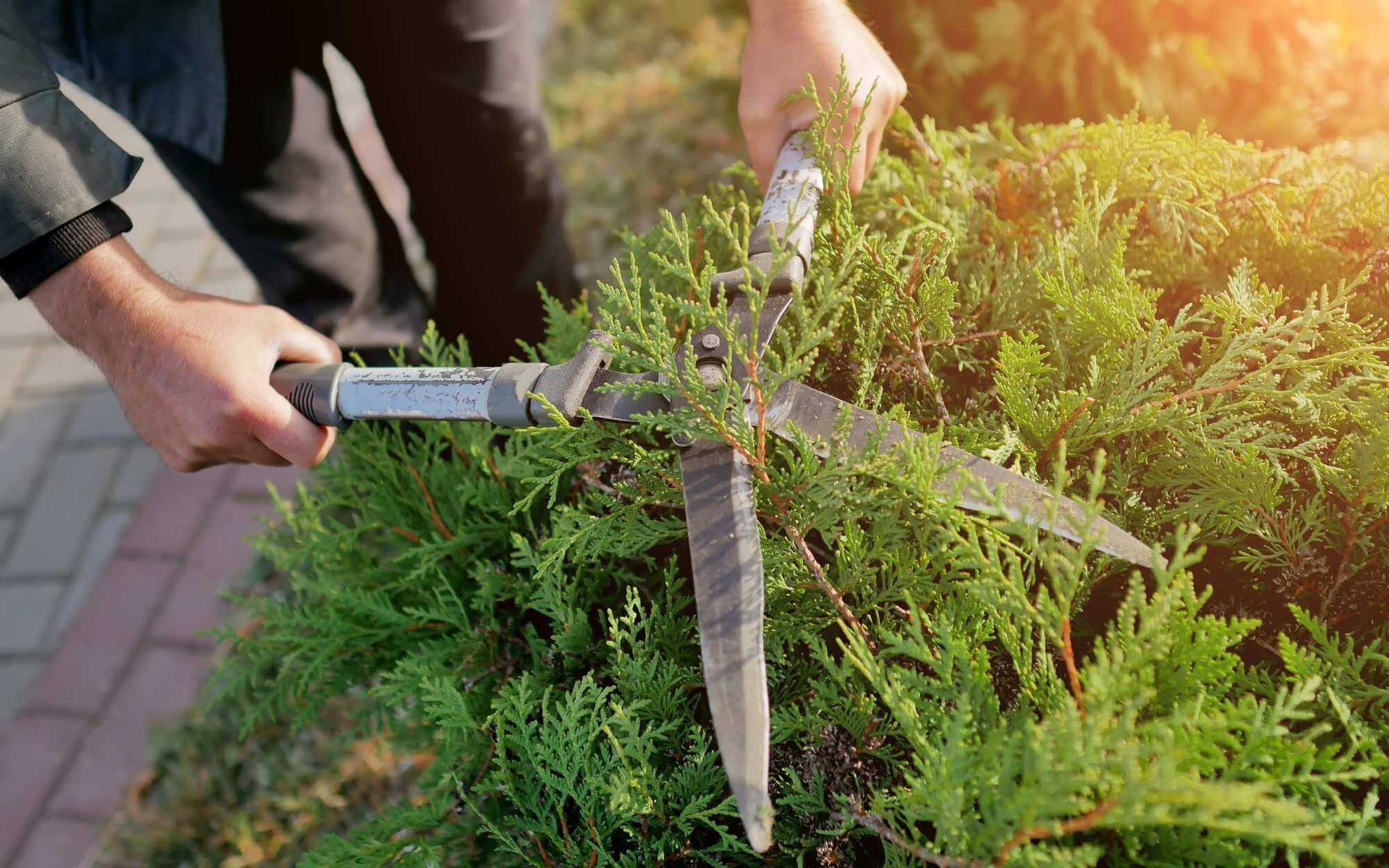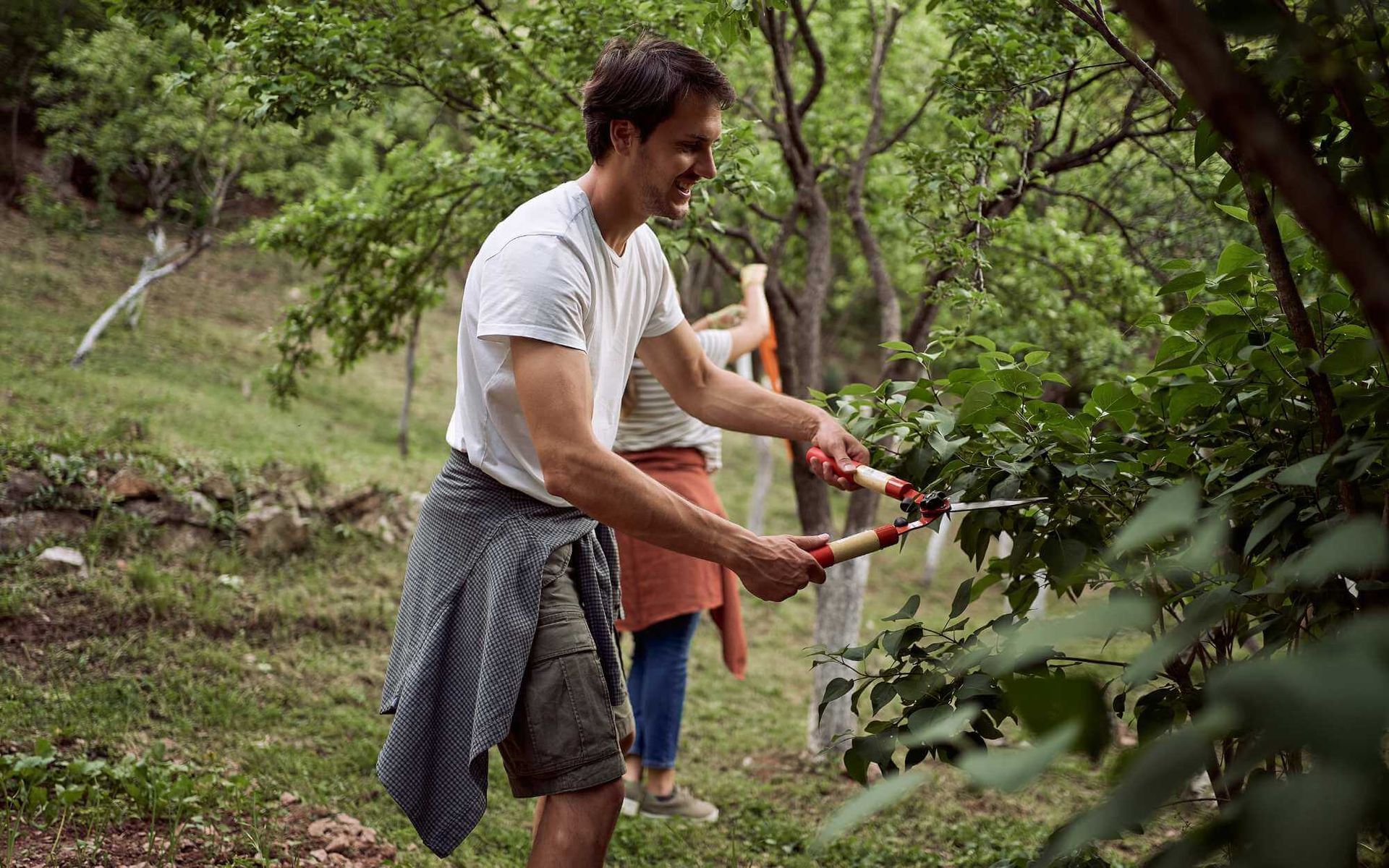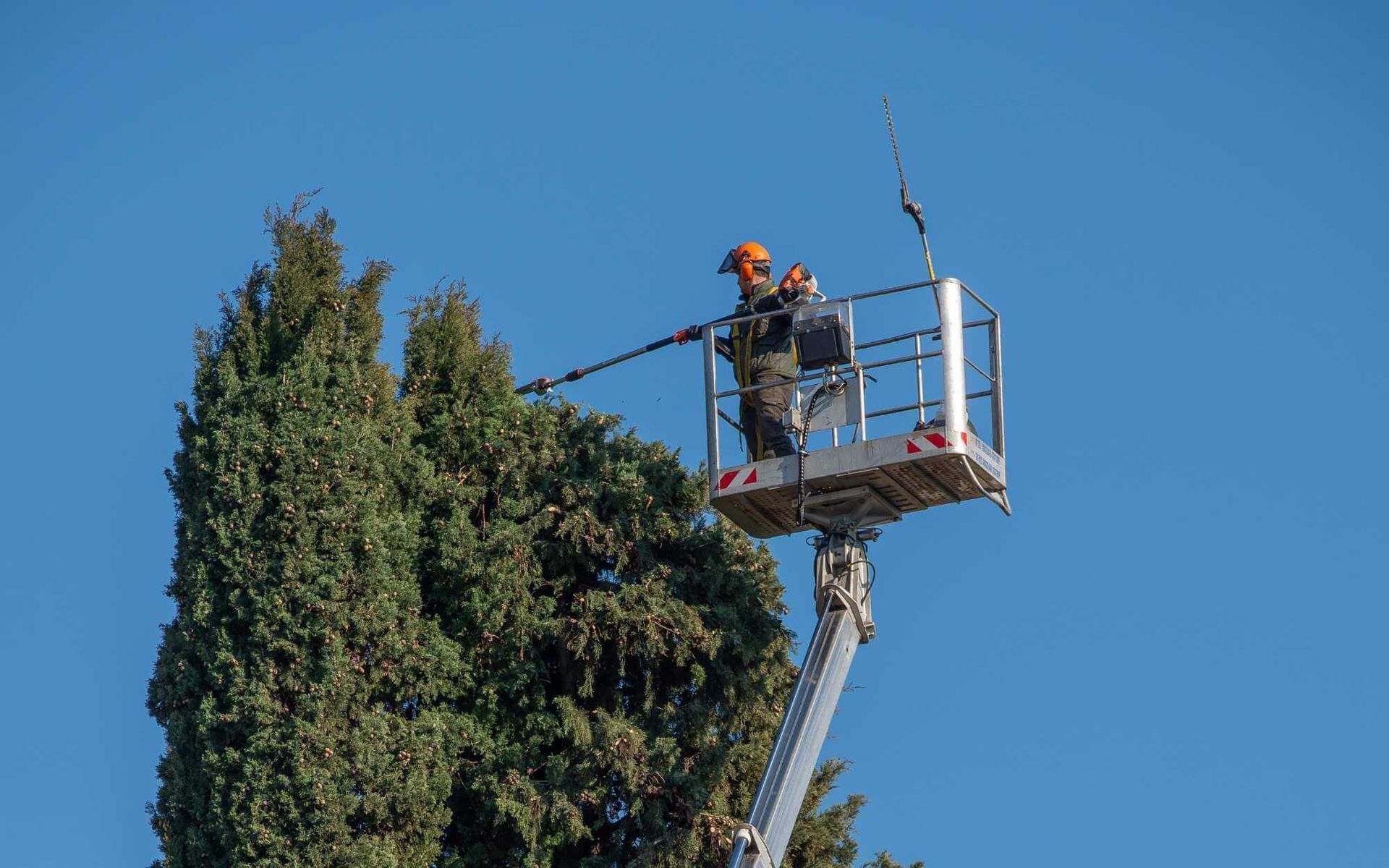The Similarity and Difference Between Pruning and Thinning
PUBLISHED ON
SHARE THIS ARTICLE

Welcome to our latest blog post, where we explore the nuanced world of horticulture. Today, we cast the spotlight on two vital gardening practices: pruning and thinning.
At first glance, these terms might seem interchangeable, but they each play distinct roles in maintaining the health and aesthetics of your green space. Having a clear understanding of their similarities and differences can transform your gardening experience, empowering you to make informed decisions that bring out the best in your plants.
Join us as we delve into the subtleties of pruning and thinning, and unravel the significance of these practices in creating a garden that thrives.
Exploring the Concept of Pruning

Pruning is a horticultural practice that involves selective removal of certain parts of a plant, such as branches, trunks, flower buds, or roots.
The primary purpose of pruning cuts is to shape trees, shrubs, and even flowers, remove damaged or diseased sections, and stimulate growth. Techniques include cutting back to a main stem or pruning above a leaf node.
The benefits of proper pruning include healthier plants and better yields for fruit or flower-bearing species. However, improper pruning can lead to plant stress, cause decay, or encourage growth in undesired directions. A key drawback is that it requires knowledge and expertise to avoid potential harm to the plant.
Understanding Thinning

Thinning is another crucial horticultural practice, involving the removal of select plants or parts thereof to allow more light, air, and nutrients to reach the remaining plants.
Thinning cuts primarily aim at improving plant health and enhancing growth and yield. Thinning techniques vary but often involve removing weaker plants or overcrowded sections.
The benefits of thinning include increased fruit size in crops and reduced disease incidence. However, like pruning, thinning requires expertise to identify which plants or parts to remove. Over-thinning can lead to an unbalanced garden, and under-thinning may result in continued crowding and competition for resources.
Similarities Between Pruning and Thinning
Pruning and thinning, while distinctive in technique, share the common goal of enhancing plant health, growth, and yield. These practices pivot on strategic removal of plant sections to reduce competition for resources, thereby ensuring optimal growth conditions.
Pruning typically encourages plant shape and growth direction, while thinning focuses on reducing overcrowding for better light, air, and nutrient access. Both practices significantly impact plant growth and development, stimulating stronger, healthier plants with improved resistance to diseases.
However, they require expertise to avoid detrimental effects such as plant stress or unbalanced growth. Thus, horticulturists must exercise caution and knowledge in pruning and thinning to reap their full benefits.
Differences Between Pruning and Thinning
Pruning primarily targets individual plants, focusing on shaping and directing growth by removing specific limbs, branches, buds, or roots. It's typically performed during dormant periods to invigorate spring growth, but timing can vary depending on plant species. When done correctly, pruning enhances plant health, stimulating new growth, and improving aesthetics.
Thinning, on the other hand, is generally applied at a garden or crop level, aiming to alleviate overcrowding by removing weaker or excess plants. It's often done during the growing season to optimize light, air, and nutrient access. Thinning promotes overall plant health and productivity, and can enhance aesthetic appeal by creating a balanced, spacious garden.
Both practices require careful timing and frequency to prevent harm and maximize benefits.
Pruning vs. Thinning
So the question is, which is better? Pruning or thinning? The answer is, it depends.
Each practice has its unique purpose and benefits. Pruning is necessary for shaping plants and maintaining their health, while thinning improves overall garden health by reducing competition for resources. Both are essential techniques in creating a thriving garden.
The key takeaway is that both pruning and thinning require specific knowledge to achieve the desired results. It's crucial to research and understand the needs of your specific plants before embarking on either practice, as improper execution can have adverse effects.
Choosing the Right Approach
While pruning and thinning are distinct practices, they share a common goal: promoting plant health and growth. With proper knowledge and expertise, these techniques can transform your garden into a lush, thriving oasis. So go ahead, grab your gardening tools and get pruning and thinning for a vibrant, healthy garden!
Need help?
Call in a
tree care specialist or consult a horticulturist to guide you on the best approach for your plants. With their expertise, you can ensure that your pruning and thinning are done correctly, achieving optimal results for your green space.
Want a free quote or some friendly advice? Call our team today:






